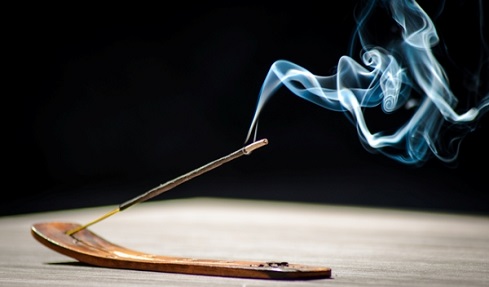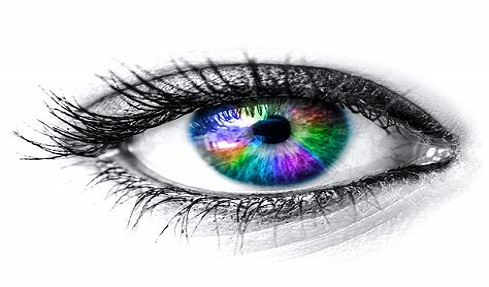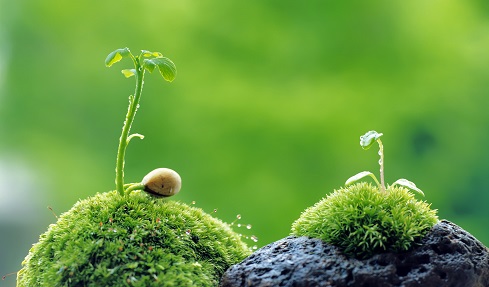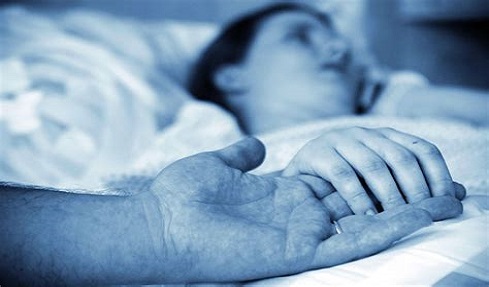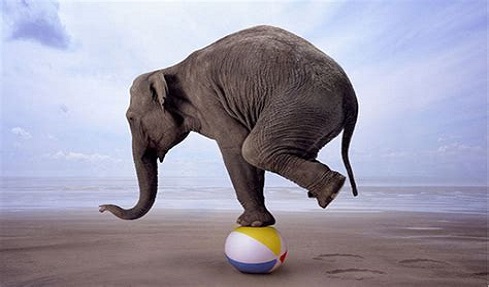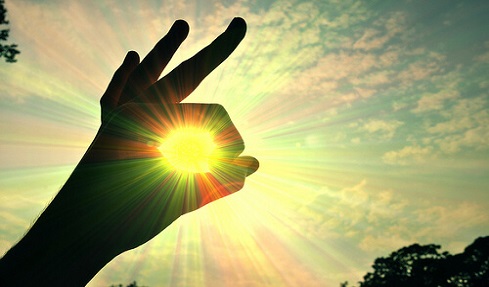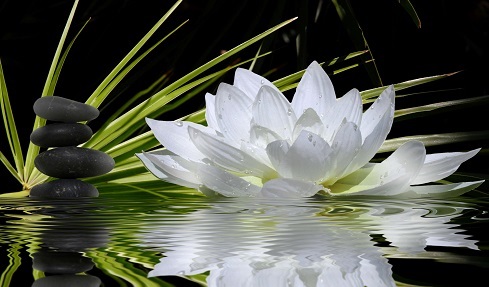In the practice of One-Pointed Concentration, we place an object in front of us — a pen, a bottle of water, a grain of rice, or any other thing — and focus both the eyes and the mind completely on the object. Then cease all thoughts and just rest the mind. Maintain this state of non-distraction for a few minutes. Initially, we may only be able to stay in this state for five minutes; once we become familiar with the practice, we can stretch it out to ten or twenty minutes.
~ Depicted from THE PAPER TIGER : Suffering is just a Paper Tiger


